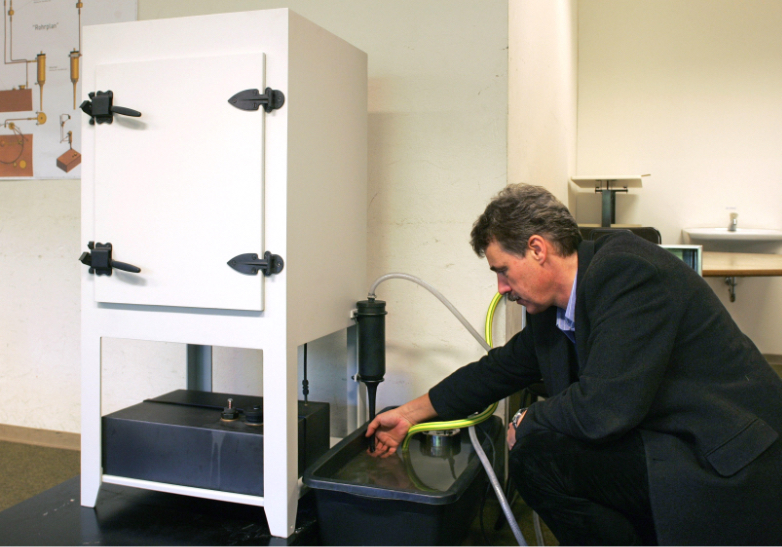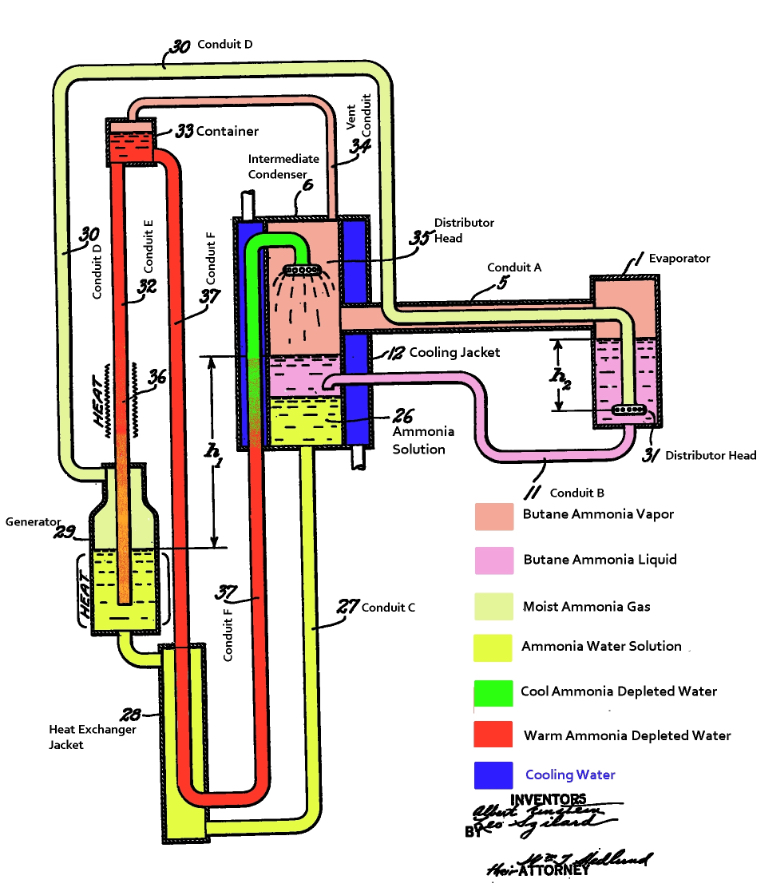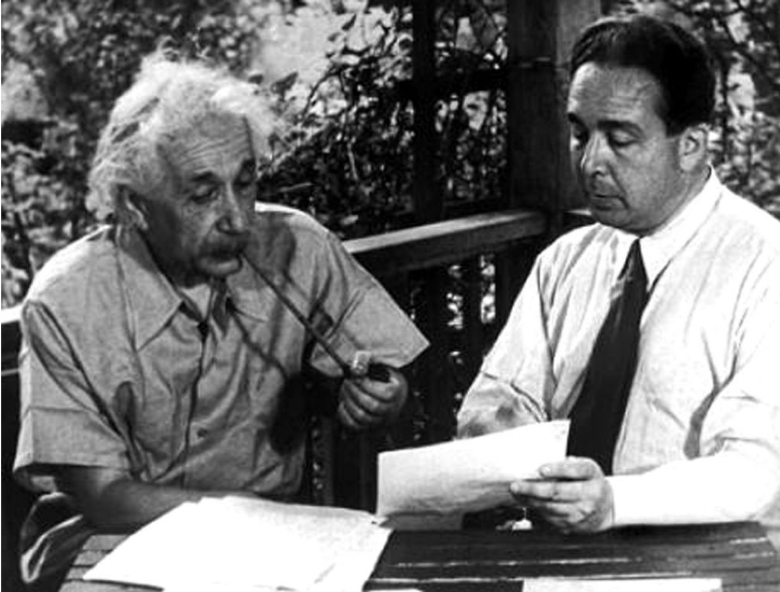Albert Einstein often competes with Isaac Newton for the title of most famous scientist in history. But for all his popularity, there are still stories about the German physicist that are little known to the general public. On 11 November 1930, Einstein and the Hungarian physicist Leo Szilard patented a refrigerator they had invented, which never became a commercial product but which could have prevented one of the great environmental disasters of the twentieth century. And while their invention was not a success at the time, it might be in the future.

By 1926, Einstein was already a global celebrity, having published the special and general theories of relativity and the explanation of the photoelectric effect, for which he had received the Nobel Prize in Physics five years earlier. The most prestigious research institutes were vying for his presence, and he was showered with prizes and honorary doctorates. He lived in Berlin, but spent much of his time travelling the world, bringing his science and his peace activism with him. Wherever he went, he was greeted and celebrated by adoring crowds, the kind of reception reserved for a rock star in later decades—unimaginable for a scientist today.
One morning, at the age of 47, the famous and mature Einstein read in a newspaper that a whole family in Berlin, parents and children, had died in bed because of a leak in their refrigerator. According to a 1997 article in Scientific American written by Gene Dannen, who spent years researching this strange story, the tragedy moved the physicist, who told his young colleague Szilard: “There must be a better way”.
Deadly leaks
In the 1920s, the electric refrigerator was still a luxury item that was slowly replacing the old iceboxes. But the high price was not the worst of its problems: the refrigerant gases used by the compressors—methyl chloride, ammonia and sulphur dioxide—were highly toxic and a leak could be deadly; the news that shocked Einstein was not the first refrigerator accident with fatal consequences.

Szilard is remembered today as the man who conceived the nuclear chain reaction that ushered in the atomic age. But in his early days he was working on thermodynamics, the science behind refrigeration. Einstein and Szilard realised that toxic gases were not the only drawback of the refrigerators of the time, but that the mechanisms, with their bearings and seals, made them prone to leaks. Applying thermodynamics, the two physicists intuitively realised that they could design a more reliable system with no moving parts. Einstein was no stranger to the world of invention: his first job, from 1902 to 1909, had been as a technical expert at the Patent Office in Bern, Switzerland, and he remembered it so well that he recommended this well-paid job to the young Szilard when they first met.
That joint effort of Einstein and Szilard—the greater weight of which probably fell on the latter—extended into a seven-year collaboration, with the technical participation of the Hungarian engineer Albert Korodi, and produced more than 45 patent applications in at least six countries. One of these was granted in the USA in November 1930, not before the surprised patent attorney in charge of examining it wrote to the applicants: “I would be interested to know if Albert Einstein is the same person who propounded the theory of relativity.”
Three designs and some prototypes
That US patent refers to an absorption refrigerator, a system with no moving parts that uses substances that cool by evaporation and a heat source that replaces the compressor. Today the system is used in portable refrigerators. Einstein and Szilard improved a system from the Swedish company Electrolux, using ammonia, butane and water in a sealed circuit, which prevented possible leaks. But this was only one of three designs that the two physicists patented, the other two being based on different concepts: diffusion and electromagnetism. In the latter, an electromagnetic field moved a liquid metal that replaced the compressor piston. This pump was later applied to the cooling of nuclear reactors.

The inventors signed agreements with Electrolux and the German company AEG, and the latter conducted research up to the prototype stage. But it never saw the light of day. In 1930, the Nazi Party began its rise to power, and the Great Depression spread around the world. AEG abandoned its research, and both Einstein and Szilard were forced to flee Germany. But a technical factor also doomed these projects: in 1930, the first Freon gas refrigerators were introduced in the USA, eliminating the problem of toxicity. At the time, no one suspected that this product, made of chlorofluorocarbons (CFCs), would end up causing enormous damage to the planet’s ozone layer.
A century later, there are those who want to give Einstein and Szilard’s fridge a new lease on life. In 2008, a group at Oxford University led by Malcolm McCulloch revived the project with the aim of creating an environmentally friendly appliance that would be more efficient than the original and could be powered by solar energy in areas where electricity does not reach. Other researchers continue to work on similar ideas that could eventually lead to greener technologies at a time when sustainability has become a top priority.
Comments on this publication